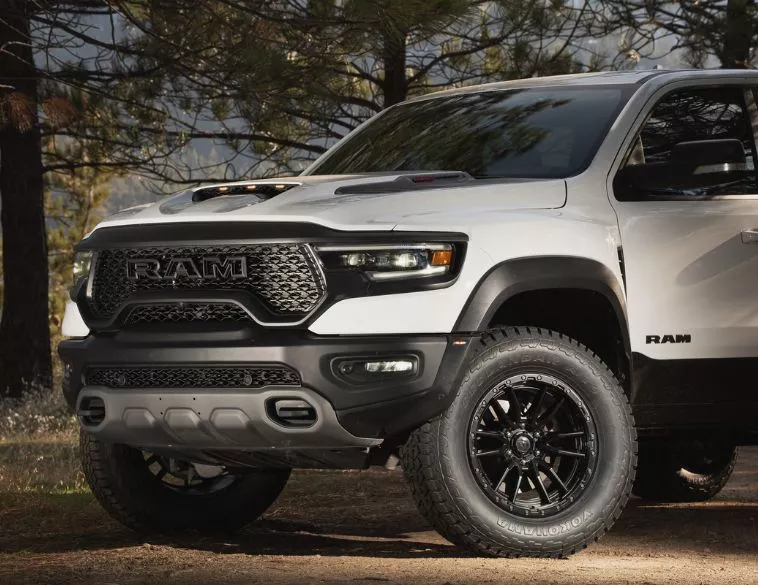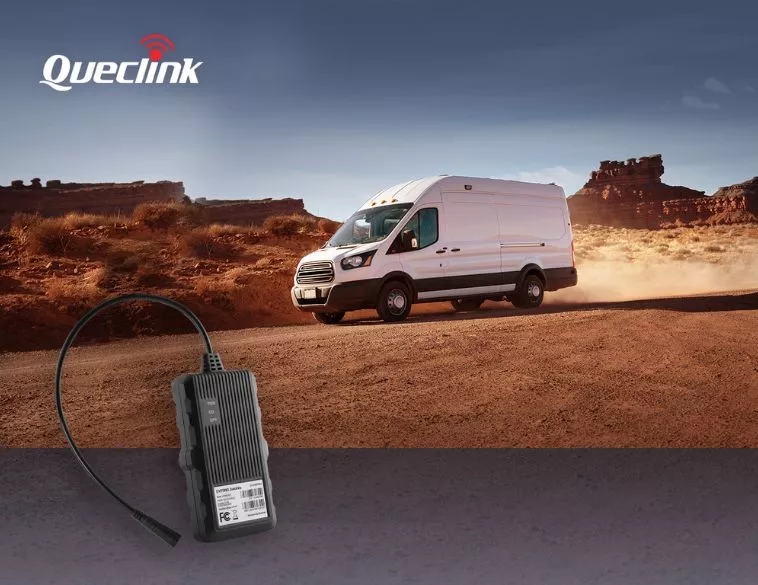Think Big; Start Small
The big rigs are going electric… in a measured way.

I listened to a panel discussion on heavy truck electrification at the EV and Charging Expo in Toronto in May this year. The speakers made a strong case for the reality of electric drive in Class 8 transport. This was evident, as well, in the presence of a Volvo electric truck in the exhibit area, tricked out in Home Hardware colours and logos.
Charging infrastructure
The speakers were keen to put the emphasis on charging infrastructure being in place first. One example of this is the Interstate 10 highway corridor in California, which will be in operation by 2027. The other is in Canada, linking Ontario and Quebec. Both have electric trucks running trials with the goal of achieving parity with the service offered by diesel-powered rigs.
There are three elements that need to work together seamlessly to make electric freight transportation work. The first is the vehicle, which today needs government incentives to close the gap with diesel on total cost of ownership. Canada’s Medium and Heavy Duty Zero Emission Vehicle program has been able to bridge some of the price difference, as has Quebec’s incentive program, eCamionage.
The second is the energy provider and the service they offer. Transport operators need shorter charging times on the road. This requires charging stations that can offer MCS (megawatt charging standard). This isn’t easy. A retail shopping mall uses four to five megawatts of power per day. A truck charging station will need the same amount, or higher. The reality is this costs a lot. Power providers are experimenting with solid state transformers to increase capacity.
Data is the third element. This builds confidence in the transition away from diesel. Truck owners and shippers should not have to think about where and when to charge. They should trust that their delivery cost won’t be higher with an electric truck.
Short-haul applications
The obvious application for heavy duty electric trucks for now is in short haul, return to base transportation. A shipper may have two or three deliveries within a 150-kilometre driving range per day, which is feasible with an electric truck. Hauling watermelons or farm tractors from the western U.S. to eastern Canada isn’t the right application for electric trucks right now. Oil will always have a place in transportation while electric trucks that can go farther between charging stops are developed.
It was worth noting that this panel did not suggest that hydrogen fuel cells were the answer. The case for hydrogen continues to find few believers. Fuel cells for transportation have been tested for decades and have not come down in price. No meaningful fuel manufacturing, distribution or dispensing infrastructure has been built. The transit bus community, the leading market for heavy electric vehicles has committed to battery-electric drive.
The panel agreed that the technology is here for freight to be moved by battery-electric vehicles. Partnerships are needed, especially between truck owners and charging providers. The message is to think big, start small and do it right.





